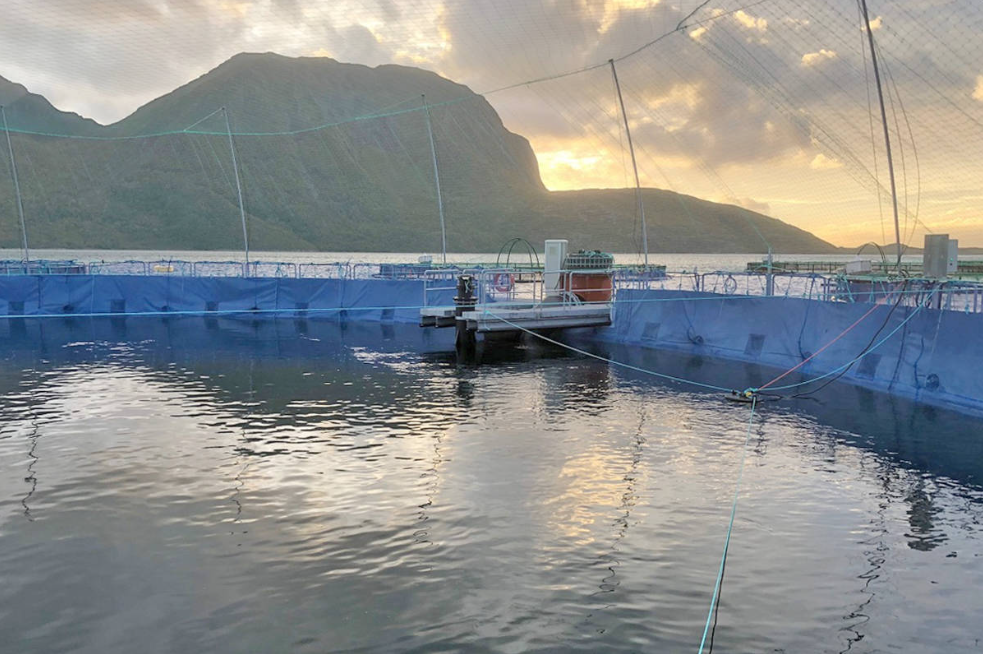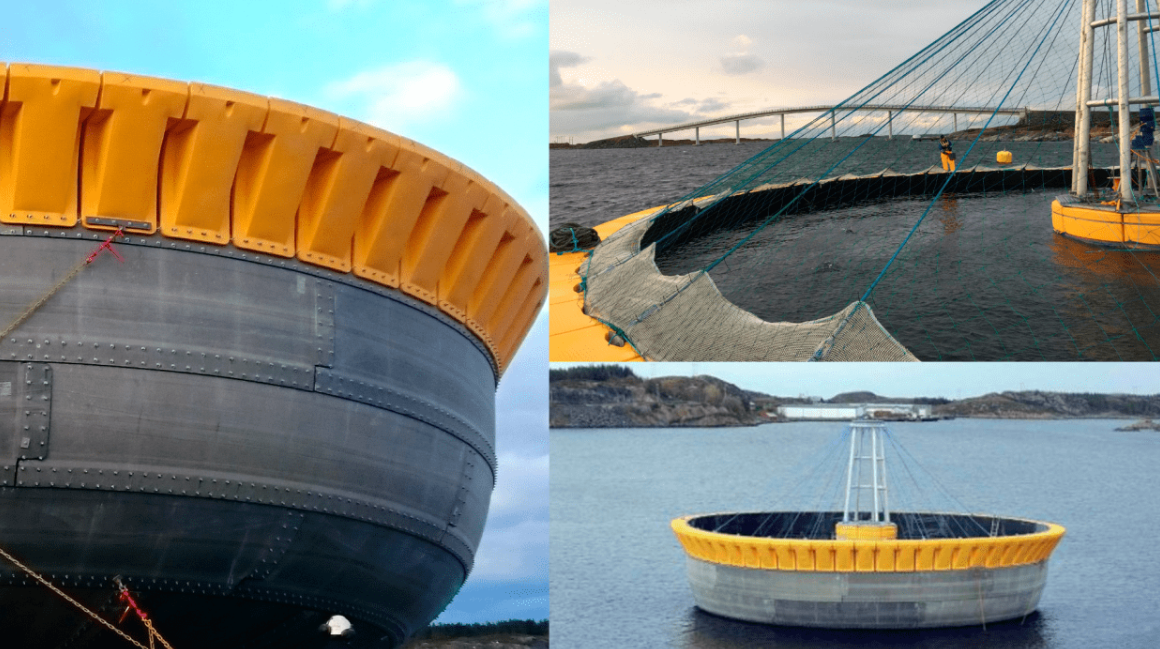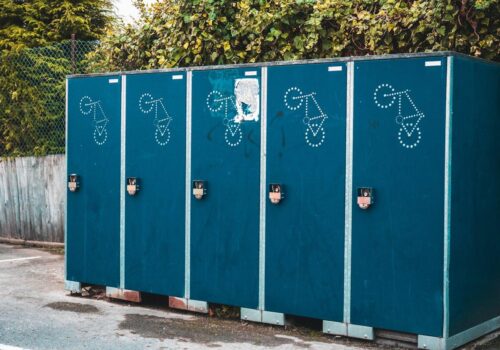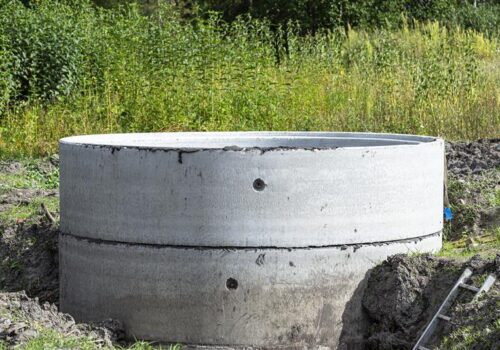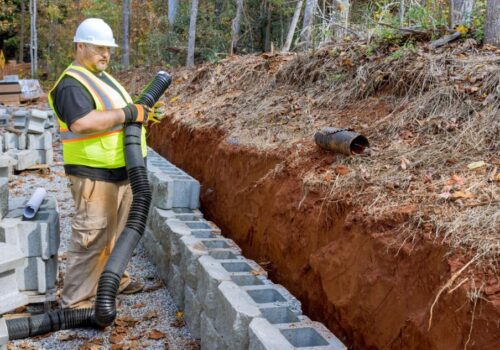Environmental Containment Systems: What You Need to Know About Each Type?
Environmental containment systems are an essential part of protecting people and the environment from harm. There are many different types of environmental containment systems, but they all have one common goal: to keep hazardous materials from entering the environment. In this blog post, we will discuss the different types of environmental containment systems and what you need to know about each one.
Different types of environmental containment systems:
The Standard Double-Walled Tank:
The standard double-walled tank is the most common type of containment system. It is typically used for storing and transporting oil and other petroleum products. The double-walled design provides a secondary layer of protection in case the primary wall fails.
The Secondary Containment Berm:
This type of environmental containment system is used to protect against spills and leaks. It is made up of a liner that is placed on top of the ground, and it has a barrier around it that prevents any liquids from escaping. These systems are also called containment booms.
The Tertiary Spill Barrier:
A tertiary spill barrier is a type of environmental containment system that is used to protect against spills and leaks. It is made up of a liner that is placed on top of the ground, and it has a barrier around it that prevents any liquids from escaping.
The Spill Pallet:
A spill pallet is a type of environmental containment system that is used to protect against spills and leaks. It is made up of a liner that is placed on top of the ground, and it has a barrier around it that prevents any liquids from escaping.
The Drum Top Barrier:
A drum top barrier is a type of environmental containment system that is used to protect against spills and leaks. It is made up of a liner that is placed on top of the ground, and it has a barrier around it that prevents any liquids from escaping.
The Spill Kit:
A spill kit is a type of environmental containment system that is used to protect against spills and leaks. It is made up of a liner that is placed on top of the ground, and it has a barrier around it that prevents any liquids from escaping.
As you can see, there are many different types of environmental containment systems available. Each one has its own benefits and drawbacks, so it is important to choose the right one for your needs.
For more information visit our website!

